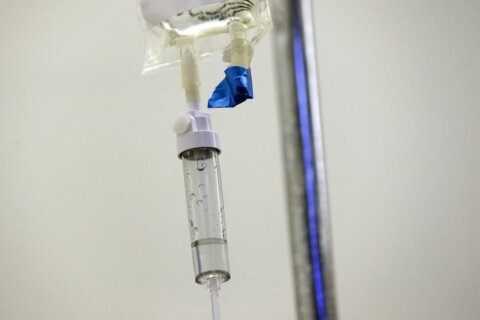More and more students are going to hospital emergency departments for mental health related visits, but schools don’t have evidence-based practices to support them when they return to class, according to a University of Virginia researcher.
There’s been an uptick in mental health emergency departments, or EDs, visits, with a major uptick in suicide-related visits, according to Lora Henderson Smith, a UVA assistant professor and licensed clinical psychologist. Those visits have notably increased for girls, uninsured youth and youth from racial and ethnic minority backgrounds, Smith said.
If students are discharged from an ED and return to “regular life,” that usually involves going to school the following day, Smith said.
When kids return to class from hospitalization or the ED, there’s typically a reentry meeting that includes the student and their caregiver, Smith said. During that meeting, the groups discuss the student’s social-emotional needs and things the student may have missed while out of school.
But, Smith said, “often coming back to school after emergency department visits stops at that reentry meeting. They need ongoing monitoring and support. They would benefit from counseling at school as well.”
“We know that students who are in a mental health crisis need more than what school can provide, but school can be an important partner in meeting students’ mental health needs upon returning to school after an emergency department visit,” Smith said.
Nationally, Smith said there are school divisions that do hospital-to-school transition well, but “emergency department-to-school transition is often forgotten about.”
Sometimes, Smith said, schools don’t even know when a student has been to the emergency department, so they can’t offer support because they’re unaware.
Ideally, after the reentry meeting, Smith said a school mental health professional, administrator and case manager or teacher would craft a plan for supporting the student’s mental health. They’d also discuss a safety plan, to make sure it’s in place if the student is in crisis again.
“Then, there would be planned touch points, so that that student has someone checking in with them beyond that reentry meeting,” Smith said.
That would include more than check-ins and feature a school-based mental health professional monitoring them over time to make sure they’re improving, Smith said.
It’s also helpful, Smith said, when schools “have connections with community mental health providers.”
More information about Smith’s research is available online.
Get breaking news and daily headlines delivered to your email inbox by signing up here.
© 2025 WTOP. All Rights Reserved. This website is not intended for users located within the European Economic Area.








